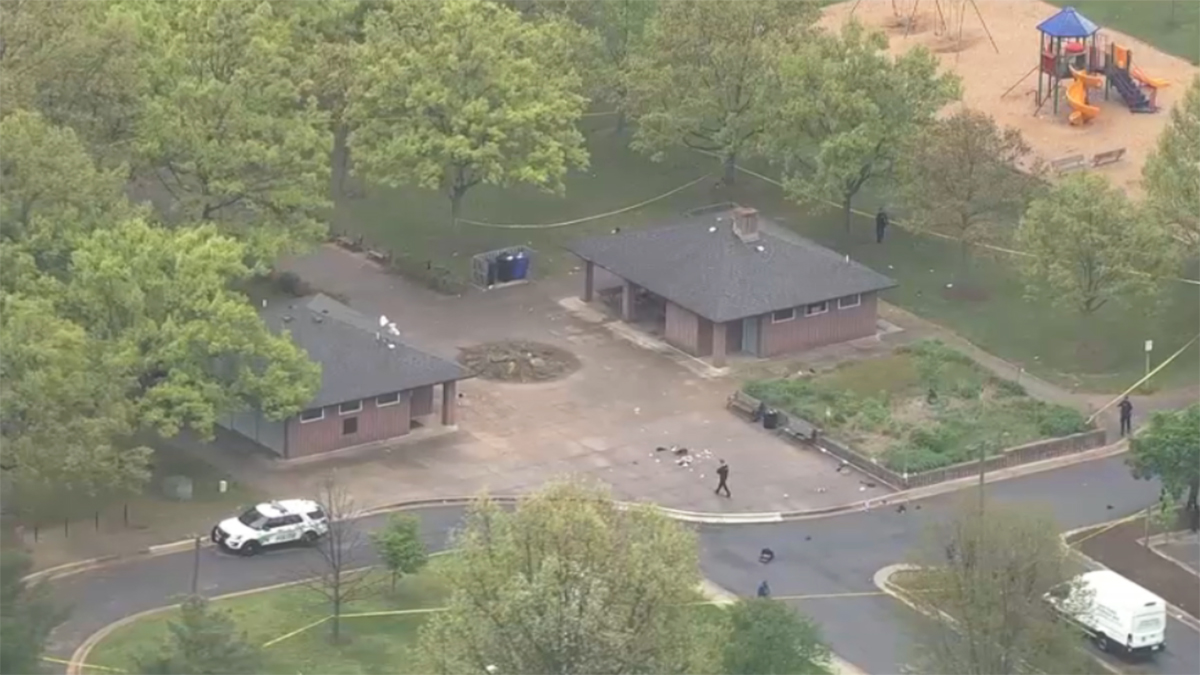The police in New York City narrowly averted a disaster this past week.
An explosive-laden car -- fingered by a street vendor -- was defused before its amateurish setup could go off. Good police work -- and thanks to that observant citizen.
A day after the scary incident, police still flooded the Times Square area, with officers on every corner and midblock.
In this terror era we live in, we’ve come to expect massive police presence.
But some security officials here say privately that a lot of this after-the-fact show of force is just that -- for show. It’s a way to make it look like police are doing something. And, who knows, maybe something might happen on a second day.
We’ve brought this subject up many times since the horror of Sept. 11, 2001.
We see this most readily on Metro. After an incident somewhere in the world, our Metro stations suddenly have bomb-sniffing dogs and fierce-looking officers carrying automatic rifles.
Local
Washington, D.C., Maryland and Virginia local news, events and information
After a few days, the dogs and the officers disappear until the next time.
Is all that really security?
What is the purpose?
One senior officer acknowledged two realities about the practice of beefing up security after an incident.
He said it is done in part to reassure the public that officers are on the job. In other words, it’s public relations, an effort to calm the masses.
Secondly, the officer said, the show of force is a bureaucratic necessity. It’s to ward off the danger of being called up to Capitol Hill and asked a series of angry questions that all begin with, “Why didn’t you … ?”
In fact, in our open society, people move around pretty easily. Our trains, buses and subway systems are wide open. All the bollards in the world won’t stop a backpack bomber.
The true test of fighting terrorism in our open society is to be alert and prepared to respond, not necessarily to prevent an incident. It’s an ugly truth. But security officials know that all the surveillance, security barriers and corner-stationed officers in the world will not prevent all incidents.
It’s part of the price of freedom that we pay. Should we give up our freedom of movement in our open society? If we do, then what are we protecting?
• My eyes. My eyes.
On a lighter note, we were glad to see that Virginia Attorney General Ken Cuccinelli, who describes himself as very conservative, has given up his effort to substitute the official state seal with a more modest, earlier version.
The official seal -- seen on state flags and all official state stationery -- depicts a female statue of virtue in triumph over tyranny. Her left breast is exposed. It has been the seal since 1930.
But Cuccinelli began passing out lapel pins depicting an earlier version that has the female torso fully clothed. He joked to a staffer that his pin was more modest.
Well, reporters from The (Norfolk) Virginian-Pilot picked up the story, and there’s been a blizzard of news about the Cuccinelli cover-up.
“You’ve got to be kidding," Arlington County board chair Jay Fisette said to NBC4. "Thank goodness the Smithsonian is in the District of Columbia and outside the reach of Virginia’s attorney general.”
It got so bad -- we did the story on Monday -- that Cuccinelli issued a news release saying he would stick with the official seal. He blamed the media for creating a sensation over the pin and said he had more important things to do.
Exactly, said several people interviewed Monday in Alexandria. Exactly.
• Before Cuccinelli.
The state seal incident reminded many people of the flap caused by then-U.S. Attorney General John Ashcroft in 2002. President George W. Bush had appointed him. Ashcroft began giving news conferences in the Justice Department’s Great Hall, in front of a statue called “The Spirit of Justice" of a partially nude woman.
Mysteriously, a blue curtain soon went up, obscuring the statue. It remained until Ashcroft left office.



